Quantum communication networks are high on Europe's agenda, with particular focus being given to quantum memory or information storage. Meeting the challenge head on to make such information accessible to users is a team of scientists from Denmark who used two 'entangled' light beams to store quantum information. The research study, supported by the EU with a combined funding of almost EUR 16 million, is presented in the journal Nature Physics.
Led by Professor Eugene Polzik, the scientists from the Niels Bohr Institute at the University of Copenhagen successfully stored two entangled light beams in two quantum memories. They used a forest of mirrors and optical elements like beam splitters and wave plates on a large table, resulting in light being sent on a labyrinth journey over 10 metres long. Using the optical elements helped the researchers, who are part of the institute's Quantop group, to control the light and regulate the size and intensity, effectively ensuring that the light's wavelength and polarisation meet the experiment's needs.
